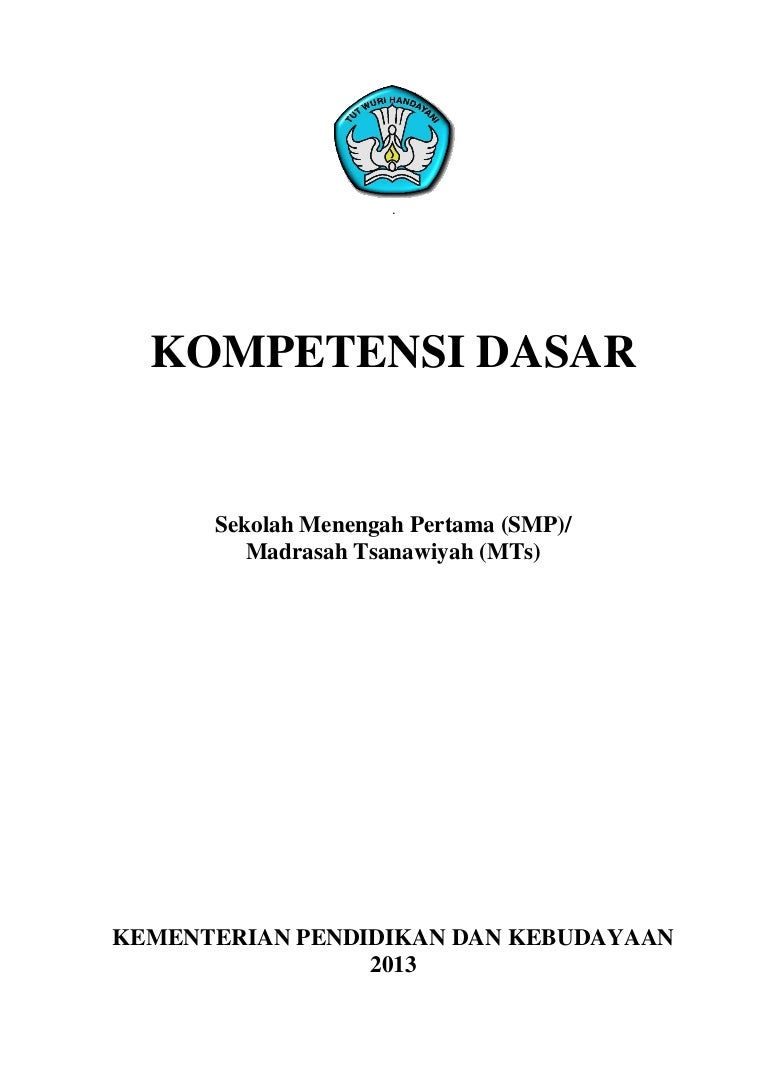Teachers should draw on their own experience as a learner and recall the teachers who had an impact on them when they were the age of their students. It is the teacher who is a little eccentric, unpredictable and, ultimately, inspiring who manages to capture the attention of the students.
In this article, I will try to cover some useful tips on how to inspire senior high school students and their toes, while providing them English skills that they can use in real life.
 Give them what they want
Give them what they want
If you want the best result from stubborn high school students, the most effective technique is to give them exactly what they want. If they want games, then give them games! The great part about giving students what they want is this can be used as a bargaining tool in order for you to get them to complete work. Senior high school students can be difficult to enforce discipline, so one fantastic way is to negotiate with them. If they complete the required exercises, then they can play a game at the end of class! When it comes to exercises that can be a little ‘dry’, edit them so they can talk about things that your students are interested in. Find out about some of their favourite pop stars, movie stars and base the exercises on that.
If possible, stay away from the grammar!
In many cases, it is the task of a local English teacher to teach the grammar. Your task as a native speaker should be encouraging students to use the language. Don’t focus on grammar, keep the emphasis on communication. Of course, if a student makes a grammatical error on a regular basis, do correct them. However, provide usable examples of the grammar within context that the student could use, not out of a textbook.
Don’t be predictable
Predictable teaching means that students very quickly switch off and continue with their own thing. Keep them focused on what is happening in the classroom by being a little unpredictable. Try asking ‘trick’ questions or saying ‘Good Afternoon’ in the morning. This tests their English and checks that they are tuned in. Speak loudly, speak softly, just don’t be boring and monotonous.


















